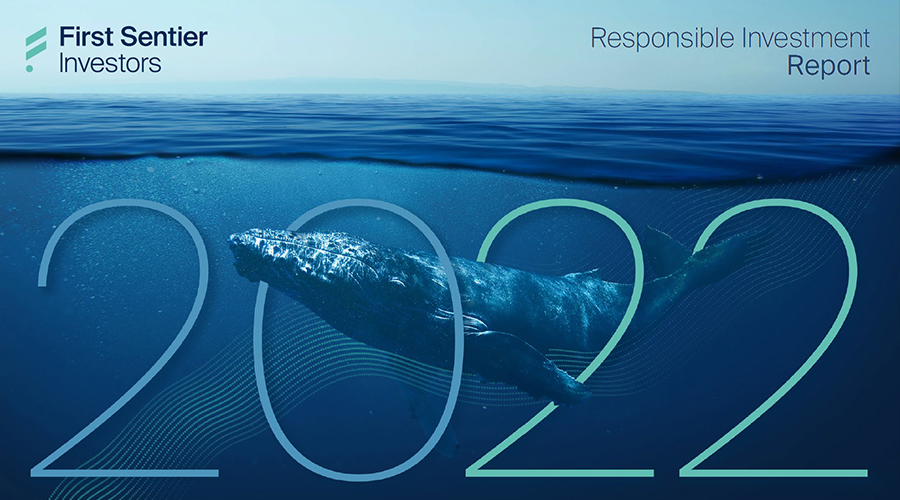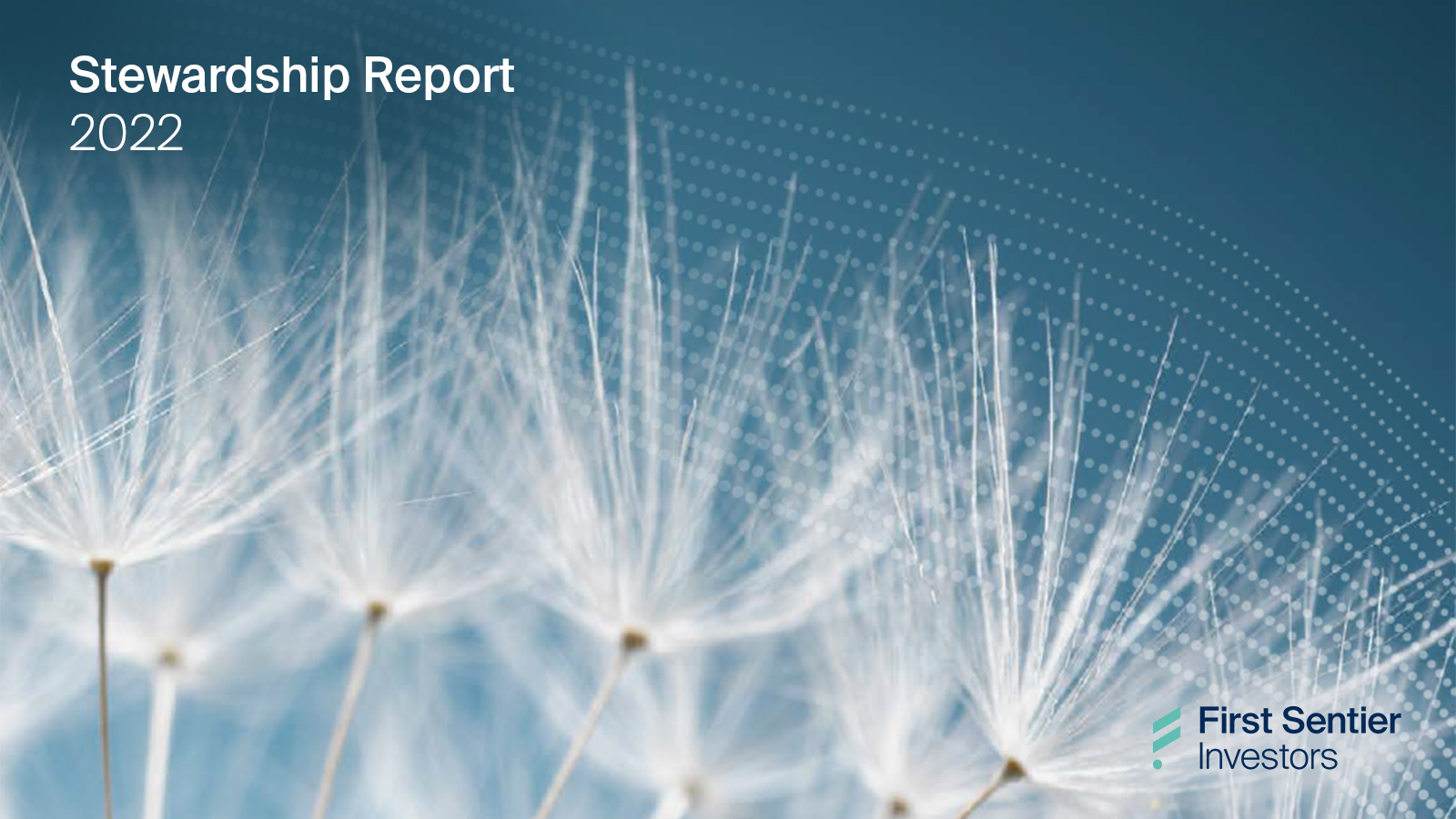
At AlbaCore, we focus on the long-term. As one of Europe’s leading alternative credit specialists, we invest in private capital solutions, opportunistic and dislocated credit, and structured products.
Discover moreInvestment strategies
Insights

Specialist in Asia Pacific, Japan, China, India and South East Asia and Global Emerging Market equities.
Discover more
Specialists in equity portfolios in Asia Pacific, emerging markets, global and sustainable investment strategies
Discover more
Our philosophy is very simple. We are constantly searching for high quality businesses and when we acquire them, we will work relentlessly with them to create long-term sustainable value through innovation, ESG-led and proactive asset management.
Discover moreInvestment strategies
Insights
Responsible Investment Carbon Footprint
- Responsible investment
- Our climate metrics and target
Our climate metrics and target
Our net zero journey
First Sentier Investors has the ambition to reduce greenhouse gas emissions across its investment portfolios in line with a target of progressing towards net zero emissions by 2050 (or sooner) and across its business operations in line with a target of net zero emissions by 2030 (or sooner).
We believe that society must drastically reduce greenhouse gas emissions if we are to avoid the worst consequences of the climate crisis. For this reason the First Sentier Investors Group supports the global transition to a low carbon economy in line with the goals of the Paris Agreement. As allocators of capital, stewards of our clients’ assets, and as active shareholders in companies on their behalf, the individual and collective decisions we make as investors can influence the nature and speed of this transition. We acknowledge that we have a wider responsibility to contribute through our investment activities and business operations to a sustainable economy and society.
Most investment teams pursuing active management strategies have developed a range of targets at team, portfolio and/or company level that they wish to pursue over the short-, medium- and long-term. Details are available on their pages under Our capabilities. Our net zero approach is guided by the Paris Aligned Investment Initiative’s Net Zero Investment Framework (PAII NZIF). Teams have set portfolio coverage and/or carbon intensity reduction targets and have committed to monitoring and tracking our progress against those targets.
The initial proportion of our total assets under management (AUM) to be managed in line with our net zero ambition was 44.5%1. We aim to increase the proportion of assets covered by formal net zero targets over time, as set out in both our 2022 and 2023 Climate Change Action Plans. First Sentier Investors will continue to evaluate future inclusion of additional asset classes and investment strategies as methodologies and data become available.
1 Based on organisation-wide AUM as at 31 December 2021, inclusive of Stewart Investors. First Sentier Investors' initial AUM committed is 37.9% while Stewart Investors initially committed 100% of its AUM. For Net Zero Asset Managers Initiative (NZAM) reporting, Stewart Investors has an individual net zero commitment that is separate from First Sentier Investors’ commitment.
The net zero classification of companies
First Sentier Investors follows guidance from the Institutional Investors Group on Climate Change (IIGCC) on classifying companies' net zero progress.
Companies can be classified as a) achieving net zero, b) aligned to a net zero pathway, c) aligning towards a net zero pathway, d) committed to aligning, or e) not aligned. This classification follows criteria outlined by the IIGCC.
- Ambition A long term 2050 goal consistent with achieving global net zero
- Targets Short- and medium-term emissions reduction target (scope 1, 2 and material scope 31)
- Emissions performance Current emissions intensity performance (scope 1, 2 and material scope 3) relative to targets
- Disclosure Disclosure of scope 1, 2 and material scope 3 emissions
- Decarbonisation strategy A quantified plan setting out the measures that will be deployed to deliver on greenhouse gas targets, proportions of revenues that are green and, where relevant, increases in green revenues2
- Capital allocation alignment A clear demonstration that the capital expenditures of the company are consistent with achieving net zero emissions by 2050
Committed to aligning
Increasingly companies are making a first step based on criteria 1 (Ambition). These companies can be considered as ‘committed to aligning’.
Aligning
Achieving criteria 1, 2 and 4 (Ambition, Targets and Disclosure), with some evidence (partial fulfilment) of 5 (Decarbonisation strategy).
Aligned
For high impact sectors3, achieving all six criteria. For other material sectors4, achieving criteria 1, 2, 3 and 4 (Ambition, Targets, Emissions performance and Disclosure).
Net zero
A company which is already achieving the emissions intensity required by the sector and regional pathway for 2050, and whose ongoing investment plan or business model will maintain this performance.
1 Scope 1 emissions are direct emissions from owned or controlled sources. Scope 2 emissions are indirect emissions from the generation of purchased energy. Scope 3 covers a company's 'value chain' emissions and is divided across 15 categories for both upstream (supply chain) and downstream activities (lifecycle of products). Scope 3 emissions can differ for each company and sector, and the materiality of underlying categories will vary widely. For example, category 10 (Processing of Sold Products) and category 11 (Use of Sold Products) will be the most relevant driver of emissions for a Metals and Mining company. While for a financial institution, category 15 (Financed Emissions) will be the main driver of emissions.
2 Revenues associated with activities compliant with verifiable frameworks such as the mitigation criteria under the EU taxonomy for sustainable activities (from both categories ‘substantial contribution’ and ‘enabling activities’). They could include, for example, revenues associated with clean technologies for certain sectors. More clarification on this shall be available as the EU taxonomy further develops and we will also apply other national or regional taxonomies as they become available.
3 High impact sectors are sectors with high GHG emissions in terms of absolute emissions or carbon intensity. The Transition Pathway Initiative defines the following sectors as high impact: airlines, aluminium, autos, cement, chemicals, coal mining, diversified mining, electricity utilities, oil & gas / oil & gas distribution, other industrials, pulp and paper, shipping and steel.
4 Material sectors are high impact sectors, as defined above.
Climate metrics
An important part of furthering the conversation with clients around climate change risks and opportunities is transparency and good quality information. Each investment team has prepared a climate change statement describing their approach to incorporating climate-related issues into their strategies.
Carbon footprint reports
The listed equity teams also publish carbon footprint reports which can be accessed from their respective team pages. Below is the combined footprint for all listed equity portfolios.
The dashboard is best viewed in full screen. Click on the icon on the dashboard bottom right.
Discover our reports

Read our latest annual
Responsible Investment Report

Read our latest annual
Stewardship Report
Learn more
First Sentier Investors is an active investment manager with a diverse range of individual and autonomous investment teams who share a commitment to responsible investment.
Disclaimer
To the extent this material contains any measurements or data related to environmental, social and governance (ESG) factors, these measurements or data are estimates based on information sourced by the relevant investment team from third parties including portfolio companies and such information may ultimately prove to be inaccurate. To the extent this material contains any ESG related commitments or targets, such commitments or targets are current as at the date of publication and have been formulated by the relevant investment team in accordance with either internally developed proprietary frameworks or are otherwise based on the Institutional Investors Group on Climate Change (IIGCC) Paris Aligned Investment Initiative framework. The commitments and targets are based on information and representations made to the relevant investment teams by portfolio companies (which may ultimately prove not be accurate), together with assumptions made by the relevant investment team in relation to future matters such as government policy implementation in ESG and other climate-related areas, enhanced future technology and the actions of portfolio companies (all of which are subject to change over time). As such, achievement of these commitments and targets depend on the ongoing accuracy of such information and representations as well as the realisation of such future matters. Any commitments and targets set out in this material are continuously reviewed by the relevant investment teams and subject to change without notice.
Keep up to date with our latest research and developments on social media, or subscribe to our email newsletter
First Sentier Investors became a Certified B Corporation in November 2022 with a score = 107.2, noting that the passing score is 80. Please visit the B Corp Directory to view our report and for additional information regarding the assessment process.
Copyright © First Sentier Investors (Australia) Services Pty Ltd 2024, (part of First Sentier Investors, a global asset management business. First Sentier Investors is ultimately owned by Mitsubishi UFJ Financial Group, Inc MUFG.)
In the EU: This is a marketing communication. The fund(s) mentioned here may or may not be registered for marketing to investors in your location. If registered, marketing may cease or be terminated in accordance with the terms of the EU Cross Border Distribution Framework. Copies of the prospectus (in English and German) and key investor information documents in English, German, French, Danish, Spanish, Swedish, Italian, Dutch, Icelandic and Norwegian, along with a summary of investors' rights are available free of charge at firstsentierinvestors.com
Get the right experience for you
Your location :  Switzerland
Switzerland
Australia & NZ
-
 Australia
Australia -
 New Zealand
New Zealand
Asia
-
 Hong Kong (English)
Hong Kong (English) -
 Hong Kong (Chinese)
Hong Kong (Chinese) -
 Singapore
Singapore -
 Japan
Japan




















 United Kingdom
United Kingdom 